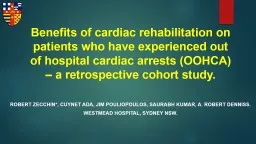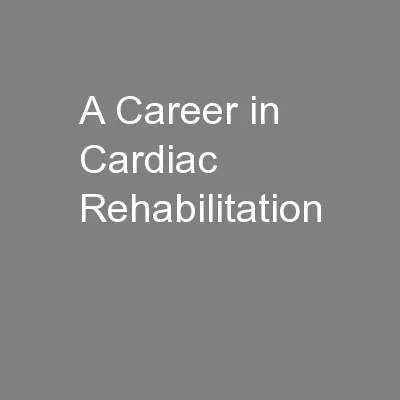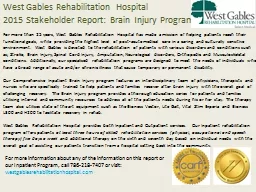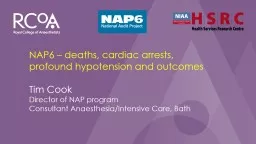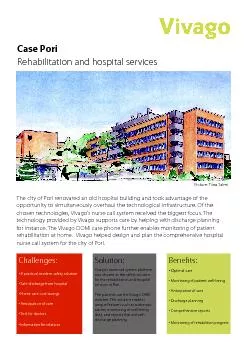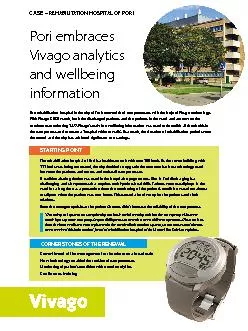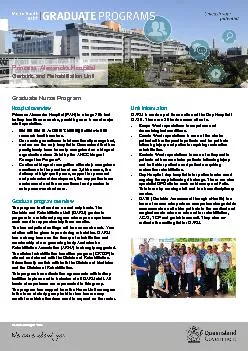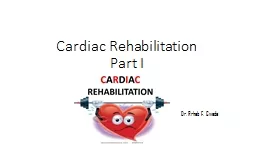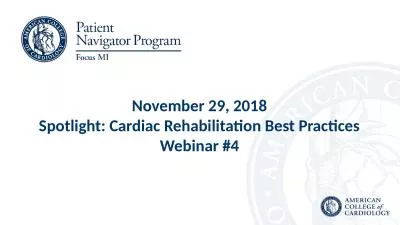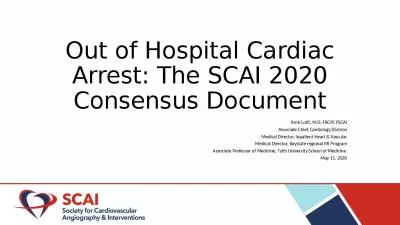PPT-Benefits of cardiac rehabilitation on patients who have experienced out of hospital cardiac
Author : luanne-stotts | Published Date : 2019-03-02
Robert Zecchin Cuynet Ada Jim Pouliopoulos Saurabh Kumar A Robert Denniss Westmead Hospital Sydney NSW Global incidences of outofhospital cardiac arrest and
Presentation Embed Code
Download Presentation
Download Presentation The PPT/PDF document "Benefits of cardiac rehabilitation on pa..." is the property of its rightful owner. Permission is granted to download and print the materials on this website for personal, non-commercial use only, and to display it on your personal computer provided you do not modify the materials and that you retain all copyright notices contained in the materials. By downloading content from our website, you accept the terms of this agreement.
Benefits of cardiac rehabilitation on patients who have experienced out of hospital cardiac: Transcript
Download Rules Of Document
"Benefits of cardiac rehabilitation on patients who have experienced out of hospital cardiac"The content belongs to its owner. You may download and print it for personal use, without modification, and keep all copyright notices. By downloading, you agree to these terms.
Related Documents

